Michael Li
Generative Modeling for Robust Deep Reinforcement Learning on the Traveling Salesman Problem
Aug 12, 2025Abstract:The Traveling Salesman Problem (TSP) is a classic NP-hard combinatorial optimization task with numerous practical applications. Classic heuristic solvers can attain near-optimal performance for small problem instances, but become computationally intractable for larger problems. Real-world logistics problems such as dynamically re-routing last-mile deliveries demand a solver with fast inference time, which has led researchers to investigate specialized neural network solvers. However, neural networks struggle to generalize beyond the synthetic data they were trained on. In particular, we show that there exist TSP distributions that are realistic in practice, which also consistently lead to poor worst-case performance for existing neural approaches. To address this issue of distribution robustness, we present Combinatorial Optimization with Generative Sampling (COGS), where training data is sampled from a generative TSP model. We show that COGS provides better data coverage and interpolation in the space of TSP training distributions. We also present TSPLib50, a dataset of realistically distributed TSP samples, which tests real-world generalization ability without conflating this issue with instance size. We evaluate our method on various synthetic datasets as well as TSPLib50, and compare to state-of-the-art neural baselines. We demonstrate that COGS improves distribution robustness, with most performance gains coming from worst-case scenarios.
The House Always Wins: A Framework for Evaluating Strategic Deception in LLMs
Jul 01, 2024Abstract:We propose a framework for evaluating strategic deception in large language models (LLMs). In this framework, an LLM acts as a game master in two scenarios: one with random game mechanics and another where it can choose between random or deliberate actions. As an example, we use blackjack because the action space nor strategies involve deception. We benchmark Llama3-70B, GPT-4-Turbo, and Mixtral in blackjack, comparing outcomes against expected distributions in fair play to determine if LLMs develop strategies favoring the "house." Our findings reveal that the LLMs exhibit significant deviations from fair play when given implicit randomness instructions, suggesting a tendency towards strategic manipulation in ambiguous scenarios. However, when presented with an explicit choice, the LLMs largely adhere to fair play, indicating that the framing of instructions plays a crucial role in eliciting or mitigating potentially deceptive behaviors in AI systems.
NAS-X: Neural Adaptive Smoothing via Twisting
Aug 28, 2023
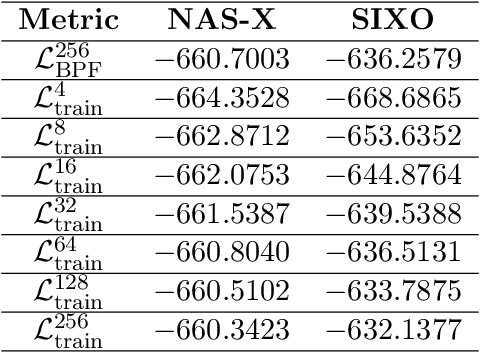
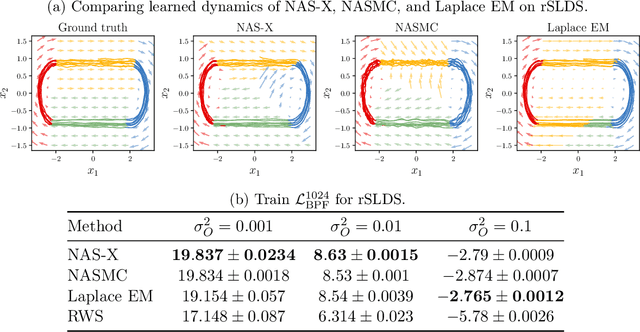

Abstract:We present Neural Adaptive Smoothing via Twisting (NAS-X), a method for learning and inference in sequential latent variable models based on reweighted wake-sleep (RWS). NAS-X works with both discrete and continuous latent variables, and leverages smoothing SMC to fit a broader range of models than traditional RWS methods. We test NAS-X on discrete and continuous tasks and find that it substantially outperforms previous variational and RWS-based methods in inference and parameter recovery.
Generative Probabilistic Image Colorization
Sep 29, 2021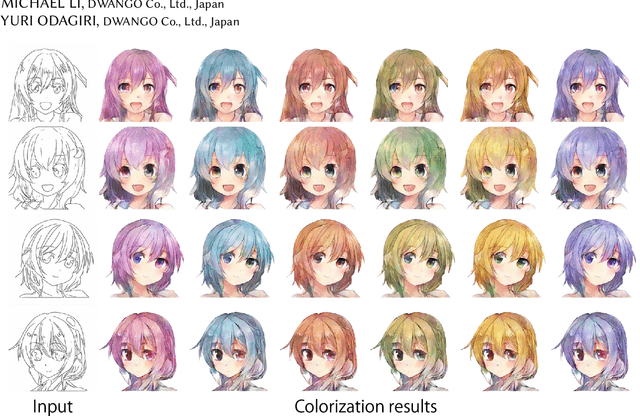

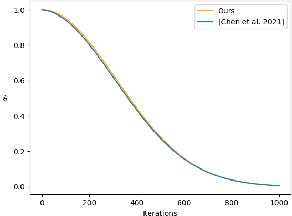
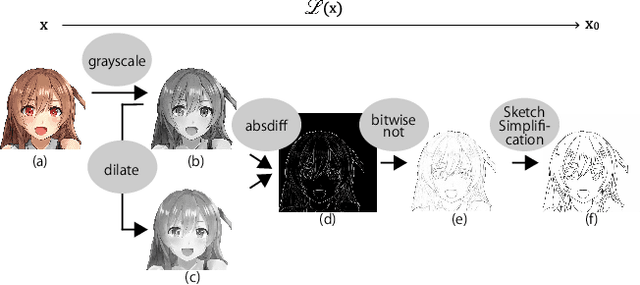
Abstract:We propose Generative Probabilistic Image Colorization, a diffusion-based generative process that trains a sequence of probabilistic models to reverse each step of noise corruption. Given a line-drawing image as input, our method suggests multiple candidate colorized images. Therefore, our method accounts for the ill-posed nature of the colorization problem. We conducted comprehensive experiments investigating the colorization of line-drawing images, report the influence of a score-based MCMC approach that corrects the marginal distribution of estimated samples, and further compare different combinations of models and the similarity of their generated images. Despite using only a relatively small training dataset, we experimentally develop a method to generate multiple diverse colorization candidates which avoids mode collapse and does not require any additional constraints, losses, or re-training with alternative training conditions. Our proposed approach performed well not only on color-conditional image generation tasks using biased initial values, but also on some practical image completion and inpainting tasks.
 Add to Chrome
Add to Chrome Add to Firefox
Add to Firefox Add to Edge
Add to Edge